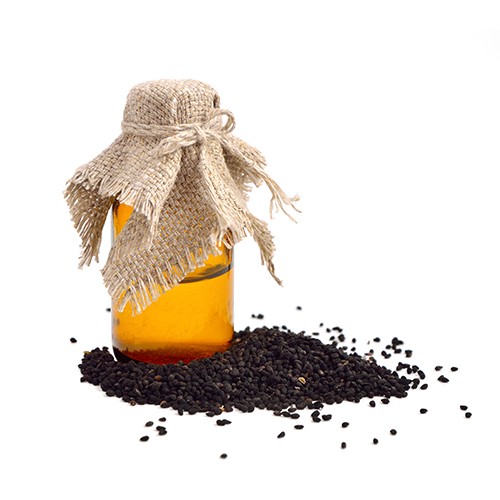

Personal Care Products
Pharmaceuticals
Nigella sativa is an annual flowering plant in the family Ranunculaceae, native to south and southwest Asia. It grows to 20–30 cm (7.9–11.8 in) tall, with finely divided, linear (but not thread-like) leaves. The flowers are delicate, and usually coloured pale blue and white, with five to ten petals. The fruit is a large and inflated capsule composed of three to seven united follicles, each containing numerous seeds which are used asspice, sometimes as a replacement for original black cumin (Bunium bulbocastanum).
Historically, black seed has been used for headache, toothache, nasal congestion, and intestinal worms. It has also been used for “pink eye” (conjunctivitis), pockets of infection (abscesses), and parasites. Today, black seed is used for treating digestive tract conditions including gas, colic,diarrhea, dysentery, constipation, and hemorrhoids. It is also used for respiratory conditions including asthma, allergies, cough, bronchitis, emphysema, flu, swine flu, and congestion.
Reference: http://bit.ly/1y2cvwT
No articles were found